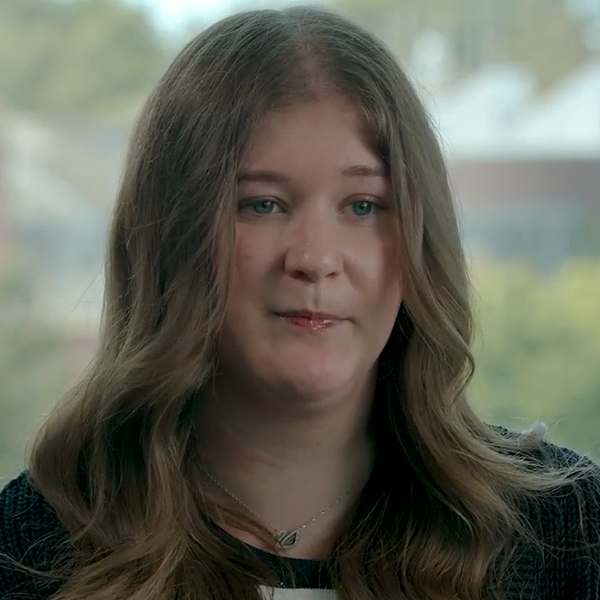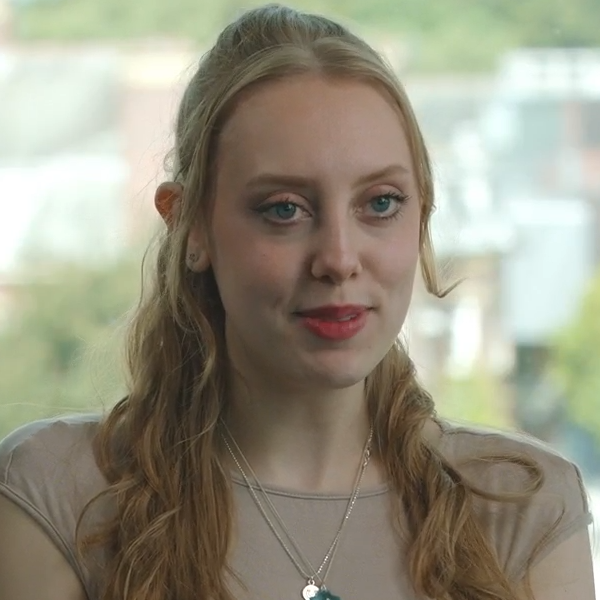
Muhammad Haseeb Akhlaq.
Masters Student – Data Science & Artificial Intelligence
As an Intern at Edge Hill University, I have had the unique opportunity to delve into the world of accessibility, particularly focusing on how course content can be made more accessible to all students.
The aim of my recent project was to create a video case study by interviewing students to share their experiences with course content accessibility.
Although our initial plan was to interview several neurodivergent students, we were only able to interview one neurodivergent and two neurotypical students. Despite this, the insights gained were invaluable and highlighted the challenges faced by students in accessing course content.
Understanding Accessibility: Different Needs, Different Solutions
During my internship, as I explored the accessibility of course content and listened to students’ experiences, I learned that accessibility in education isn’t one-size-fits-all.
For neurodivergent students—like those with autism or ADHD—accessibility means providing materials that match their unique learning styles. This could include clear text, lecture transcripts, or videos that cater to their needs.
For neurotypical students, accessibility is more about flexibility. With their busy schedules, they need content that’s easy to access at any time, available in different formats, and organized in a way that supports efficient studying.
Understanding these different needs is key to creating an inclusive learning environment that benefits everyone.
The Importance of Accessible Course Content
Before diving into the experiences of students, it’s essential to understand why accessible content is so important in higher education.
Key Figures and Insights
- Neurodivergent Students in Higher Education: Studies indicate that around 1 in 7 people are neurodivergent, which translates to a significant portion of the student body in higher education. (Source)
- Non-Disclosure: A survey by the National Center for College Students with Disabilities found that nearly 60% of students with disabilities choose not to disclose their condition to their institution.
- Impact on Academic Success: Research shows that accessible course content can significantly improve academic outcomes for all students, not just those with disabilities.
These statistics highlight the crucial role of accessibility in supporting students’ academic journeys, ensuring everyone can succeed.
Key Takeaways from the Interviews
We conducted interviews with three students at Edge Hill University to understand their experiences with course content accessibility. Here are some key insights:
Rosie (Neurodivergent Student – Autistic)

Rosie, a postgraduate student in Critical Autism Studies, shared that time management is a challenge for her as an autistic student. Tools like TimeTree and mind mapping software have been lifesavers. She noted that while course material accessibility has improved, issues like rigid PDFs and poorly captioned videos still cause difficulties.
Weronika (Neurotypical Student)

Weronika, a second-year Business and Economics student, prefers taking notes by hand but also uses digital tools like Microsoft Planner to manage her workload. She finds tools like Blackboard Ally and Blackboard Ally alternative versions such as Beeline Reader helpful for reading and organising content. However, she mentioned that handwritten notes and diagrams can be confusing without proper context.
Jessica (Neurotypical Student)

Jessica, who recently finished her business degree and is starting a Master’s, didn’t use many accessibility tools until her internship. Now, she sees the value in resources like Caption.Ed. She also realised that accessibility could be improved, especially in areas like colour contrast and how quickly lecturers speak.
Recommendations for Academics
To better support all students, it’s important for educators to embrace inclusive teaching practices. Here are a few key recommendations based my findings:
- Generate Accessible Content: Follow industry standards to create accessible materials. This includes adding alt text for images, ensuring slides are accessible, and using clear, readable fonts and colours.
- Organise and Simplify: Keep lecture slides and materials clear, concise, and well-organised. Avoid clutter and make sure the content is easy to follow.
- Provide Flexible Access: Make sure recorded lectures are available with proper captions, so students can review them at their convenience, fitting in with their busy schedules.
Conclusion
Creating accessible course content is not just about accommodating neurodivergent students; it is about fostering an inclusive learning environment that benefits all students. By understanding and addressing the diverse needs of the student body, educators can enhance learning experiences and support academic success. The insights from our interviews underscore the importance of flexibility, clarity, and multimodal content in making education accessible to everyone.
